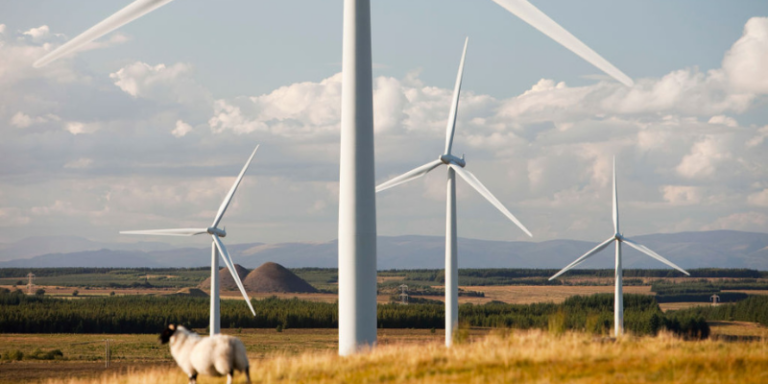Wind May Not Be the Perfect Power Source
Could wind turbines be bad for the environment?
By: Onar Åm | January 24, 2020 | 422 Words

(Photo by Ashley Cooper/Construction Photography/Avalon/Getty Images)
For years, wind turbines have been thought of as a sustainable alternative to fossil fuels like coal and oil. However, since the 1980s, there have been reports of noise, nausea, and headaches by neighbors. The culprits are infrasound and subsonic vibrations that propagate through both land and air.
Another problem is that the wind doesn’t blow all the time. A wind turbine is usually only able to produce 5% of its installed max power. This means that no power grid can ever be entirely wind-based, as some sort of more stable back up would be needed.
Finally, the costs have been high. Wind turbines are built from steel and concrete; expensive resources that require much energy to mine, produce, and manufacture. Both in terms of energy and cost-efficiency, wind power has made little sense.
Causes Warming?
Two Harvard scientists, Lee Miller and David Keith, recently published an article in Joule in which they modeled the impact of increasing the U.S. installed wind power by a factor of 18, considering realistic commercial placement patterns. Their finding indicated slower winds and regional warming significantly beyond the area with wind turbines.
They also found that the climate impact was ten times greater than with solar panels, which is a conclusion they argue should be used as background information for policymakers.
Are Models Accurate?
One thing to keep in mind is that this study is not based on observation but rather on climate models. Despite exponential increases in computing power, models are still not good at predicting either global or regional climate patterns. A recent study shows that global circulation models (GCMs) fail to show well-known regional climate patterns such as the North Atlantic Oscillation (NAO) and the Pacific Decadal Oscillation (PDO). Clouds are a mystery, and GCMs consistently show too much warming in the tropical troposphere compared to observations.
Therefore, one must judge studies that rely heavily on computer models with great caution. In the wind power study, the model produces an output that makes physical sense. We already know that cities and other human land changes have dramatic effects on regional and local climate, and there is no reason to believe wind turbines are exceptions to this.
The Holy Grail
Since the oil crisis of the 1970s, environmentalists have promised sustainable alternatives to coal plants. Meanwhile, the natural gas revolution in the U.S. is making America energy independent again while reducing carbon emissions. With yet another troublesome side-effect of so-called green power, the uphill battle towards alternative energy just grew a little steeper.
















